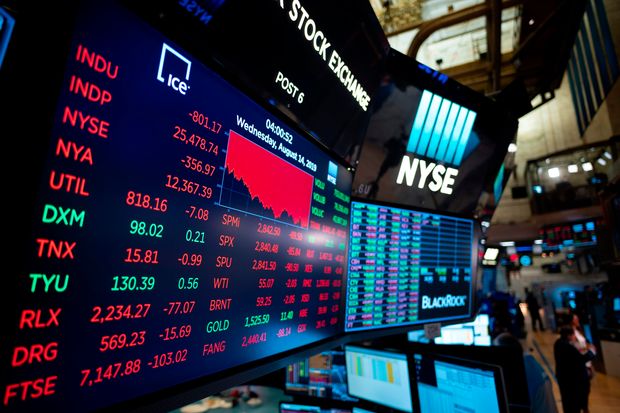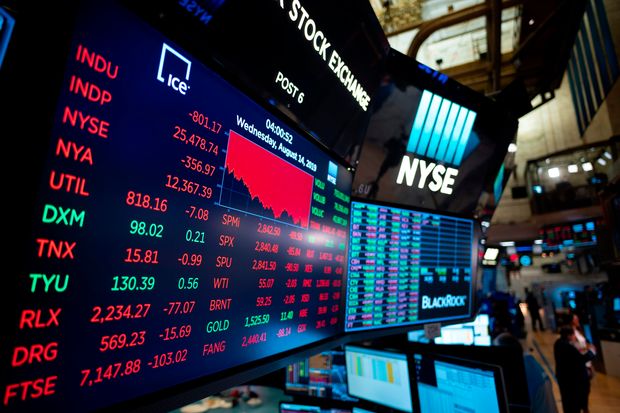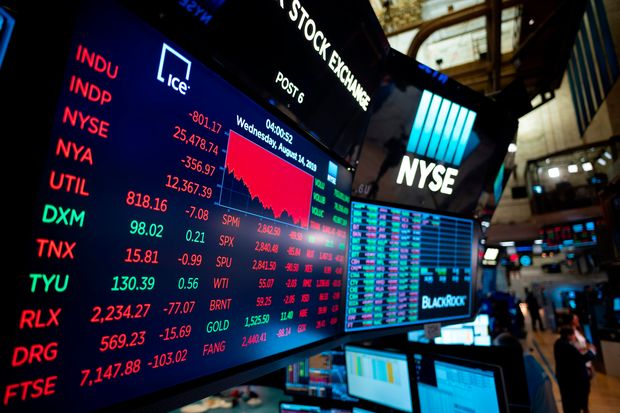Fed, Walmart share the push to #maskup

By Howard Schneider, Brad Brooks and Richa Naidu
YORK, S.C./LEVELLAND, Texas/CHICAGO (Reuters) – Ask a Federal Reserve official what is the most important step needed to get the economy on track from the body blow dealt by the coronavirus pandemic, and you will likely get a short and fast answer: Wear a mask.
It is a message now rolling out with greater repetition and urgency from the most influential U.S. economic players in both the public and private spheres as early signs of a fast recovery have begun to fade amid a resurgence of the disease in most states and rising deaths. (Open https://tmsnrt.rs/2WTOZDR in an external browser for a Reuters interactive)
In the absence of any uniform national policy from the Trump administration regarding the use of face coverings in public to prevent the spread of COVID-19, Fed officials have made mask wearing a centerpiece of their public appearances. And on Monday Walmart Inc <WMT.N> – the country’s largest retailer and private employer – began requiring masks for shoppers in all of its stores, including the roughly one-third of its 5,000 U.S. locations in areas with no state or local mask mandate.
“Generally what we are seeing is customers complying with the face covering requirement,” a company spokeswoman said. “As we’ve seen in stores located in areas under a government mandate, customers are showing up with a face covering or putting one on when asked.”
Federal Reserve officials have used their particular perch to try to spread the word. Regional reserve bank presidents keep a steady pace of appearances before local service clubs like the Rotary, Chamber of Commerce and other organizations.
Along with discussing the intricacies of Fed programs and monetary policy, they have become default hygiene coaches at a moment when success overcoming a global health crisis may hinge on small steps of personal responsibility.
“I overemphasize in my public comments wearing a mask because it’s a message that everyone listening can act on,” Dallas Federal Reserve Bank President Robert Kaplan told Reuters in an interview.
Kaplan, whose Fed district encompassing Texas and portions of New Mexico, Oklahoma and Louisiana has been hit hard in the latest leg of the outbreak, continued: “I’m not the only one, but I’m one of several, that if I consistently emphasize this point and connect it to the economy … and unemployment, maybe we can get more widespread adoption and maybe help to fight this virus.”
THE WALMART EFFECT
The move by Walmart is perhaps the broadest micro-level experiment yet in pushing behavior in that direction, one which economists at Goldman Sachs say is associated with “significantly better” coronavirus outcomes. According to their modeling, a national mask mandate would be as effective as a full lockdown and without the 5% hit to economic growth associated with full activity restrictions.

In York County, South Carolina – a state where the governor, Republican Henry McMaster, has refused to issue a mask mandate – there was some early indications of Walmart’s influence.
Before the company’s mask requirement kicked in, signs at Walmart’s York store said masks “are recommended while you shop.” During a 30-minute window on Friday afternoon, about a third of shoppers wore no mask as they were seen entering the store.
On Monday morning, the sign had changed to say masks were required and compliance appeared to have improved. Of those entering the store during another half-hour period, 119 had masks on before they entered. Only 16 did not, including three young children with their parents.
The great majority of shoppers also wore masks at two stores around Atlanta, where the Democratic mayor has imposed a mask mandate and the Republican governor has sued to stop it. Fewer than 30 shoppers out of about 300 observed in a 30-minute period at a store in McDonough, a Republican-leaning suburb, tried to enter the store without a mask on Monday afternoon and most of those accepted one offered by store staff at the entrance. Only three refused and left.

‘I’M JUST STUBBORN’
At Walmart’s store in Levelland, Texas, a conservative town of 13,500 people sitting on the sun-baked plains 30 miles west of Lubbock, most people wore masks upon entering on Monday, but the few who refused breezed into the store with no problems or confrontations. Texas Governor Greg Abbott, a Republican, has mandated mask wearing in all counties with at least 20 cases, which includes Hockley County where Levelland sits.
In a 30-minute window around midday on Monday, 112 people entered the store wearing a mask while just seven walked in with no face covering at all. A Walmart employee at the door said nothing to those not wearing a mask.
One mask-less customer was a middle-aged woman wearing a red shirt with the words “FEAR NOT” emblazoned in black lettering. The woman, who agreed to speak only if cited by her first name, Ashley, detailed several reasons for refusing to wear a face covering but said it mostly came down to one: “I’m just stubborn, and I don’t like people telling me what to do.”
Meanwhile, mask compliance was nearly 100% at a number of Walmart stores observed in areas that have had mask mandates for weeks or longer, such as Danbury, Connecticut and Chicago.
“I’m surprised Walmart has to tell people to wear masks at all; it’s ludicrous,” said Amy Arenson, 54, a homemaker who regularly shops at the Walmart Neighborhood Market in Chicago’s Boystown neighborhood.
“What’s the big deal? It’s like wearing pants. You have to wear pants when you go shopping and then you can take them off when you go home. No one has to force you to wear pants and they shouldn’t have to force you to wear a mask.”
(Reporting by Howard Schneider, Brad Brooks and Richa Naidu; Additional reporting by Rich McKay in Atlanta; Ann Saphir in San Francisco; and Melissa Fares in New York; Writing by Dan Burns; Editing by Lisa Shumaker)